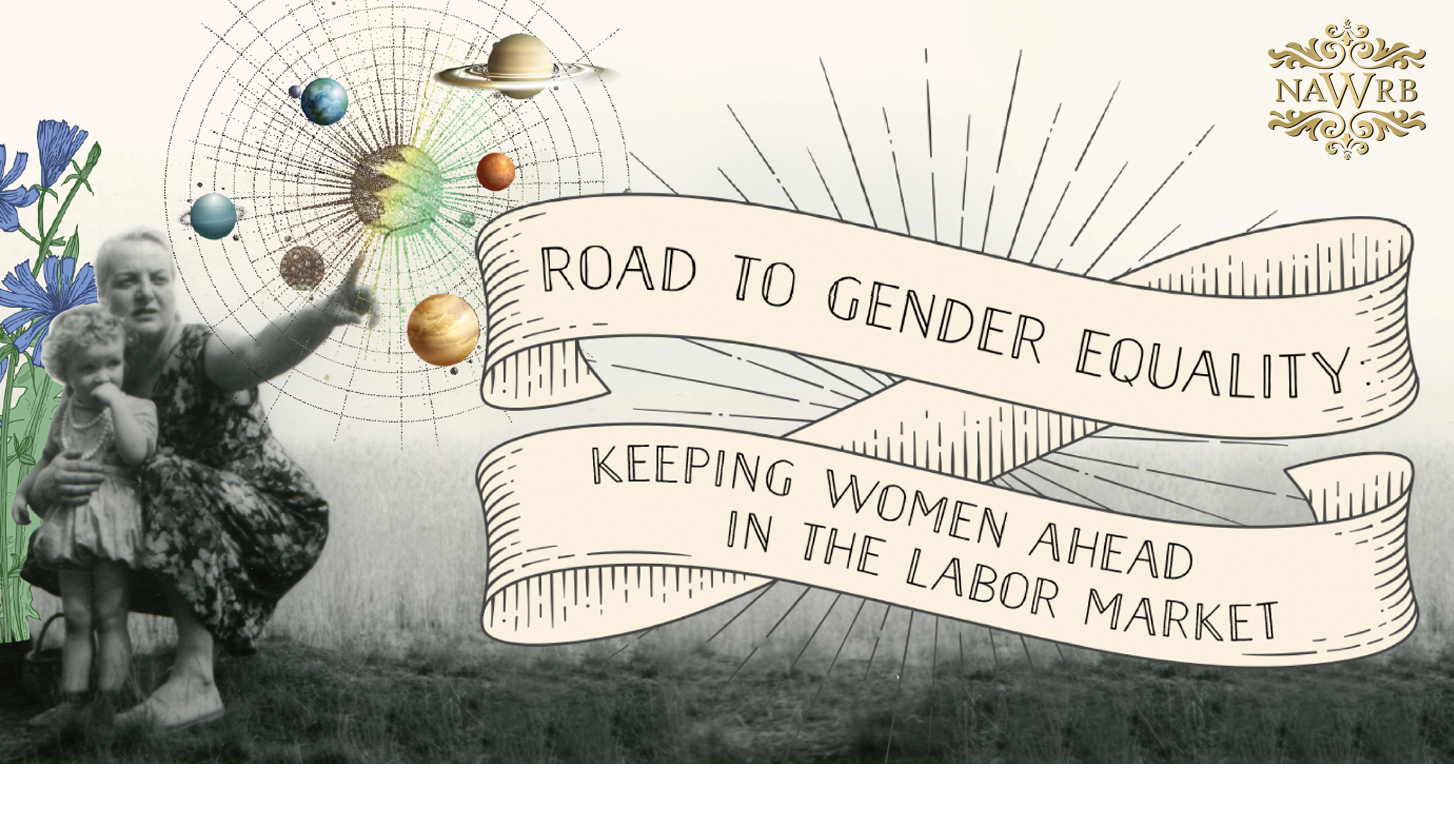For enturies, women have faced injustice and fought for equality to men. Examples of this are in the fight for women’s suffrage beginning in the late 1800s, the inability for women to serve on a jury pre-1919 or for a single woman to open a bank account in her own name as little as roughly 50 years ago. Being a woman has not been seen as advantageous, at least from a historical standpoint. In regards to the workforce, it wasn’t until 1975 that the Sex Discrimination Act made it illegal to discriminate against women in work, education and training.
Even from that point, women still faced difficulty competing with their male counterparts in acquiring better positions and, despite the Equal Pay (Amendment) Act of 1983 allowing women to be paid the same as men for work of equal value, equal pay has still been an issue for some time.
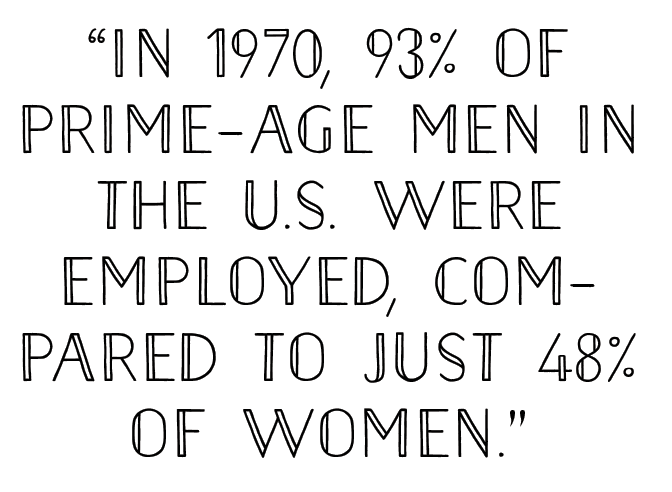 Yet, with all the struggle of women for equality, in recent years women—specifically Millennial women—have surged ahead of many of their male counterparts. Nearly 60 percent of all college students are women, demonstrating a growing gender gap (in favor of the female) in higher education—often times considered the “ticket” to a high-paying job.
Yet, with all the struggle of women for equality, in recent years women—specifically Millennial women—have surged ahead of many of their male counterparts. Nearly 60 percent of all college students are women, demonstrating a growing gender gap (in favor of the female) in higher education—often times considered the “ticket” to a high-paying job.
Statistics reflect women not only dominating in education but improving in the job market as well, particularly with regard to labor market female participation rates. In 1970, 93 percent of prime-age men in the U.S. were employed, compared to just 48 percent of women. By 2016, the employment rate for women had risen to 71percent, while the rate for men had declined to 85 percent. These statistics are only continuing to improve for women.
So, even though the fight has been long and grueling for women towards equality to men, clearly in the education and labor arenas, it does seem that things are indeed significantly improving. This begs the question: does there now exist gender equality?
Well, let’s take a look at the definition. Gender equality, also known as sexual equality, is defined as “the state of equal ease of access to resources and opportunities regardless of gender, including economic participation and decision-making,” according to Wikipedia.
 As Millennial women are poised to be the most financially independent generation in history, and as women as a whole are significantly increasing their advancement in the labor market, as compared to that of men, I would say that women now have a substantial amount of access to resources and opportunities, even debatably more than men.
As Millennial women are poised to be the most financially independent generation in history, and as women as a whole are significantly increasing their advancement in the labor market, as compared to that of men, I would say that women now have a substantial amount of access to resources and opportunities, even debatably more than men.
So, how can women continue to thrive in their advancement in the labor market, specifically with qualifying for competitive positions? And how can men increase their competition for the best jobs? The answer: through a variety of ways. One specific way? Having a powerful and effective resume.
A resume is the marketing tool that job seekers use to communicate their value to employers. There are certain strategies that one can employ to not only catch the eye of but also keep the interest of hiring managers, leading to a call-in for an interview—the next step in getting closer to acquiring the target job.
Here are a few tips and recommendations for putting the sparkle in that winning resume:
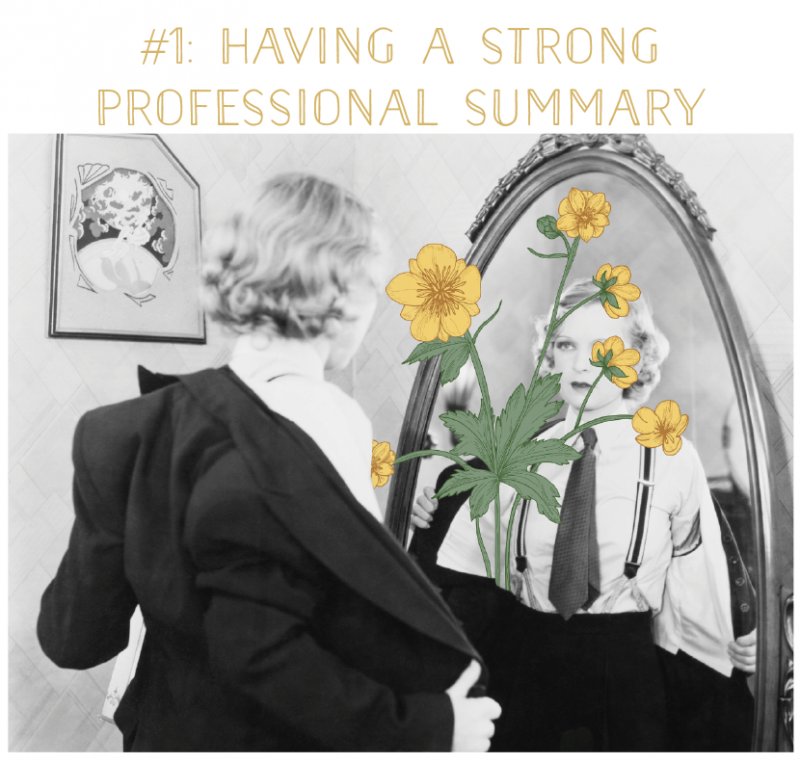 #1: A professional summary is a short to medium length paragraph—roughly 3-5 sentences—at the beginning of a resume (usually under the job seeker’s contact information and above the career history and education sections) that highlights a job seeker’s professional skills and experience. The professional summary gives hiring managers a glimpse into your expertise before diving into the full resume and lets employers know what you can offer, opposed to an objective, which lets employers know what you want.
#1: A professional summary is a short to medium length paragraph—roughly 3-5 sentences—at the beginning of a resume (usually under the job seeker’s contact information and above the career history and education sections) that highlights a job seeker’s professional skills and experience. The professional summary gives hiring managers a glimpse into your expertise before diving into the full resume and lets employers know what you can offer, opposed to an objective, which lets employers know what you want.
In your professional summary, you’ll want to include your achievements, education and technical proficiencies (i.e. if you are skilled in Excel, CRM systems, software, etc.), being as specific as possible. Always keep in mind as well to highlight those achievements and skills from your career history that relate directly to the job to which you are applying. Here is an example of a professional summary constructed for one of my clients:
“Growth-Minded, Knowledgeable & Diplomatic Financial Executive with over 30 years of residential, asset-backed and commercial mortgage experience, credited with a track record of outstanding achievement in leading Fortune 100 and high-visibility organizations and their teams to success. Effective Communicator, well versed in public speaking with multiple appearances before Congress and on television as well as various media outlets. Helped organize and create the Association of Mortgage Investors (AMI) and served as President of the Board. Over the course of career, recognized for ability to take diverse groups with widely varying opinions and positions and find common ground to negotiate beneficial solutions. Structured Finance Expert noted with initiating the original mortgage-backed syllabus at the New York Institute of Finance and educating future generations on the importance of securitization.”
As exhibited in the above example, there is no need to be shy or hold back in the professional summary as this section is truly meant to sell yourself and your accomplishments, marketing you towards your desired job.
 #2: On the career history or “Professional Experience” portion of job applicants’ resumes (where current and past positions are described in detail), it is more commonplace to describe tasks. For example, for job applicants in sales, task-based descriptions would include: “Prospect and make cold calls to increase business and establish new accounts,” or “Monitor competition by gathering current marketplace information on products, pricing, marketing techniques, new products, etc.” These descriptions, although accurate to what the job seeker does in his or her position, do not distinguish the applicant from other job seekers (sales applicants, in this case) in his or her industry.
#2: On the career history or “Professional Experience” portion of job applicants’ resumes (where current and past positions are described in detail), it is more commonplace to describe tasks. For example, for job applicants in sales, task-based descriptions would include: “Prospect and make cold calls to increase business and establish new accounts,” or “Monitor competition by gathering current marketplace information on products, pricing, marketing techniques, new products, etc.” These descriptions, although accurate to what the job seeker does in his or her position, do not distinguish the applicant from other job seekers (sales applicants, in this case) in his or her industry.
In addition to some task-based descriptions for each job, it is most advantageous to highlight promotions or awards you’ve been given, higher levels of responsibility or achievements (i.e. “Exceeded sales quota in year 1 by 25%,” “Expanded book of business by 50%” or “Achieved Sales Woman of the Year Award in 2018”). Including such accomplishments will help you to stand out and differentiate you from the competition.
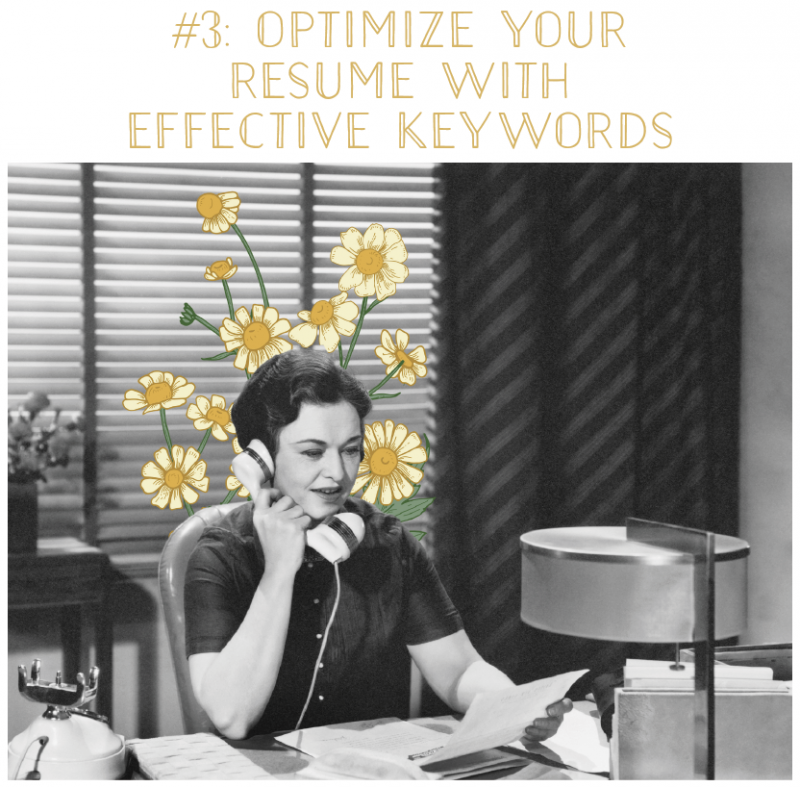 #3: There is a search engine application that resume writers and recruiters are familiar with called the Applicant Tracking System (ATS). The ATS is a software application designed for recruitment tracking purposes and filters applications automatically based on given criteria such as keywords, skills, former employers, years of experience and schools attended.
#3: There is a search engine application that resume writers and recruiters are familiar with called the Applicant Tracking System (ATS). The ATS is a software application designed for recruitment tracking purposes and filters applications automatically based on given criteria such as keywords, skills, former employers, years of experience and schools attended.
Given the wide-use of the Applicant Tracking System by hiring managers and recruiters, it is beneficial to adapt resume optimization techniques—one being: include keywords and phrases in your resume from job descriptions of interest that are applicable to your background and experience. For example, if a job posting mentions that they are looking for an applicant who is “passionate about product marketing and has 5+ years project management experience, including use of Agile CRM software,” you’ll want to use as many relevant keywords (I call them “trigger words”), especially in your professional summary and skills section in the front part of your resume, to align yourself with that job and company’s recruiters and hiring managers.
If the software experience is present that they are looking for, in this example, the applicant may include “Agile CRM Software” as a bullet point in their Skills section. They may also start off their professional summary with “Passionate, Knowledgeable and Experienced Product Manager with 8+ years product and project management experience…” hitting on the 5 plus years of experience guideline, the “project management experience” and “passionate” keyword mentioned in the job posting.
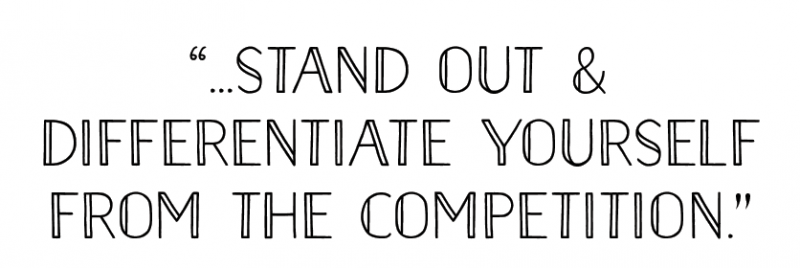 Strategic application of these transferrable keywords and phrases from job descriptions will help your resume to populate more frequently in the ATS for specific jobs you are applying to and will significantly increase your odds of your resume being seen and you being called in for an interview.
Strategic application of these transferrable keywords and phrases from job descriptions will help your resume to populate more frequently in the ATS for specific jobs you are applying to and will significantly increase your odds of your resume being seen and you being called in for an interview.
There are many more tips and tricks of writing an effective and stellar resume. These are just a few to keep in mind—the ones I felt would be the most beneficial to share.
It is wonderful to see women thriving in their advancement in the labor market and to see the path of gender equality as benefitting the woman as of late in the arenas of education and labor market participation (girl power!). However, it is important to keep labor market progress for women high and to increase that of men as well. We should never take any gain for granted.
Having a strong and competitive resume will surely position you in a place to achieve success.
 Lesley Yvonne Hunter
Lesley Yvonne Hunter
President / Certified Professional
Resume Writer, Resume Makeover
Lesley@ResumeMakeover.com

 Login
Login

